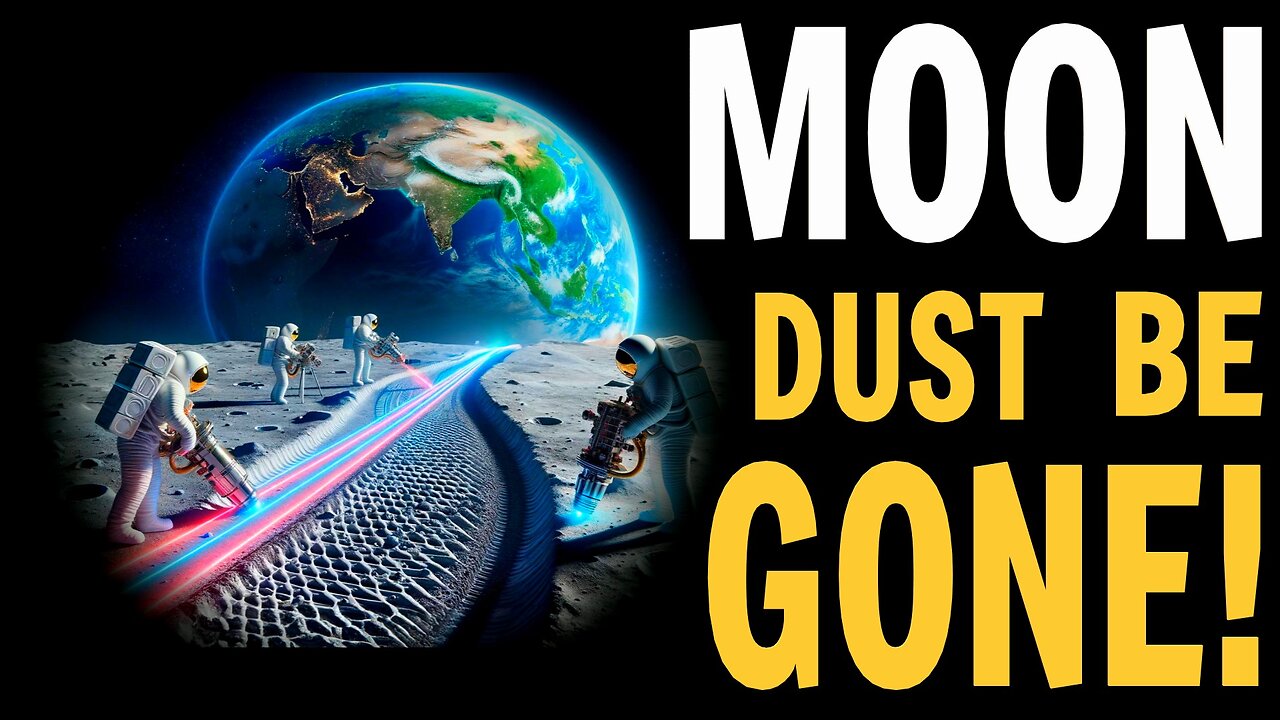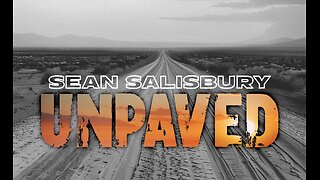Premium Only Content

The INGENIOUSLY Simple & Fast Method For Dealing With MOON DUST....(Roads)
Please Support The RUMBLE Channel
50% of all support (after fees & tax) will go to a private Moon mission
RUMBLE Has More Videos & YOUR VIEWS Help Raise Money For a MOON Mission!
https://rumble.com/user/WhatsNextVids
Patreon:
https://www.patreon.com/user?u=37594401
Buy Me A Coffee?:
https://www.buymeacoffee.com/whats.next
Donate With Cash App:
https://cash.app/$YTpayments
Total Updated Weekly on X/Twitter:
https://x.com/WhatsNe75388303
Creating Roads on the Moon
To create roads on the Moon, colonists are planning to utilize innovative techniques such as melting simulated moondust with a powerful laser to form roadworthy surfaces. This approach involves using a carbon dioxide laser to melt the regolith, creating a glassy solid surface that can serve as a foundation for roads and landing pads. The process involves melting the lunar soil into geometric shapes that can be interlocked to cover large areas efficiently.
Melting Simulated Moondust with a Laser The European Space Agency (ESA) initiated the PAVER project, which explored the feasibility of using a carbon dioxide laser to melt simulated moondust into solid surfaces suitable for road construction on the Moon. By utilizing a powerful laser, researchers were able to create glassy solid surfaces by melting the regolith, providing a practical method for paving roads and landing pads on the lunar surface.
Innovative Roadmaking Techniques The PAVER consortium employed a 12-kilowatt carbon dioxide laser to achieve surface melting of simulated moondust, mimicking the process of creating paved surfaces on the Moon. Through trial and error, they developed a strategy involving triangular, hollow-centered geometric shapes that could be interlocked to establish solid surfaces over extensive areas of lunar soil.
By employing advanced technologies like lasers and innovative construction methods, moon colonists aim to establish functional roads that mitigate the challenges posed by lunar dust while facilitating efficient transportation and infrastructure development on Earth’s natural satellite.
-
 LIVE
LIVE
freecastle
6 hours agoTAKE UP YOUR CROSS- The wicked accept bribes in secret to pervert the course of justice!
123 watching -
 LIVE
LIVE
LadyDesireeMusic
1 hour agoLive Piano Improv
150 watching -
 1:54:42
1:54:42
The Quartering
3 hours agoFood Stamp Riots Are Coming, New Charlie Kirk Assassin Discord Messages Leak & Console Wars End!
133K54 -
 16:09
16:09
iCkEdMeL
4 hours ago $4.69 earned🔴 LIVE: Tyler Robinson Pretrial Hearing in Charlie Kirk Assassination Case
15.8K3 -
 1:11:50
1:11:50
DeVory Darkins
5 hours agoDemocrats left scrambling after USDA issues NIGHTMARE Update
161K137 -
 21:05
21:05
Stephen Gardner
4 hours ago🔥Trump Drops NIGHTMARE NEWS for Democrats!!!
38.6K124 -
 LIVE
LIVE
Owen Shroyer
3 hours agoOwen Report - 10-27-2025 - Trump Secures Trade Deals Ahead Of Meeting With Xi
1,295 watching -
![[Ep 778] NYC Embraces Communism, Argentina Rejects It | Newsom Lies; As Always](https://1a-1791.com/video/fwe2/34/s8/1/w/y/k/u/wykuz.0kob-small-Ep-778-NYC-Embraces-Communi.jpg) LIVE
LIVE
The Nunn Report - w/ Dan Nunn
2 hours ago[Ep 778] NYC Embraces Communism, Argentina Rejects It | Newsom Lies; As Always
151 watching -
 1:09:36
1:09:36
Sean Unpaved
5 hours agoBrian Kelly's Boot From LSU, NFL Week 8 Snoozefest, & CFB's Week 9 Upset Rodeo
28.6K3 -
 1:04:35
1:04:35
Jeff Ahern
3 hours ago $1.84 earnedMonday Madness with Jeff Ahern
14.3K3